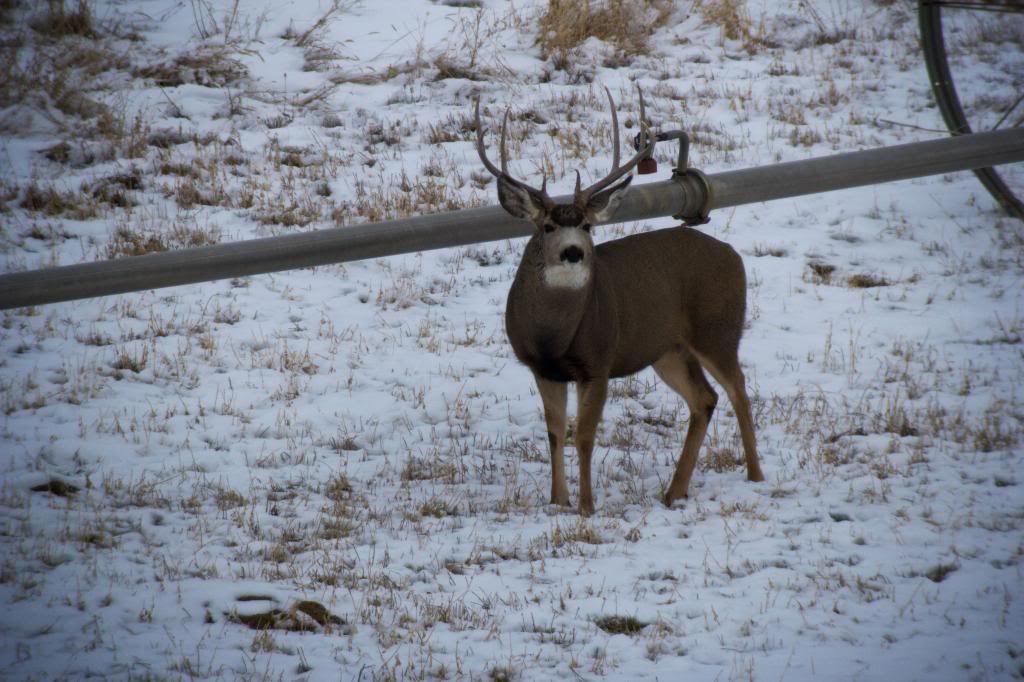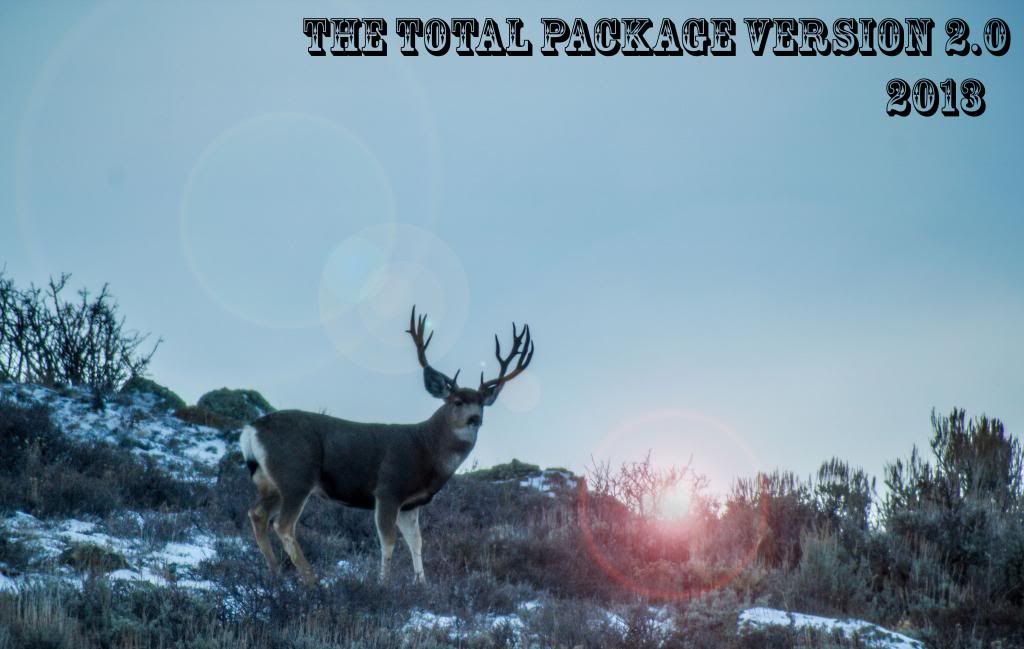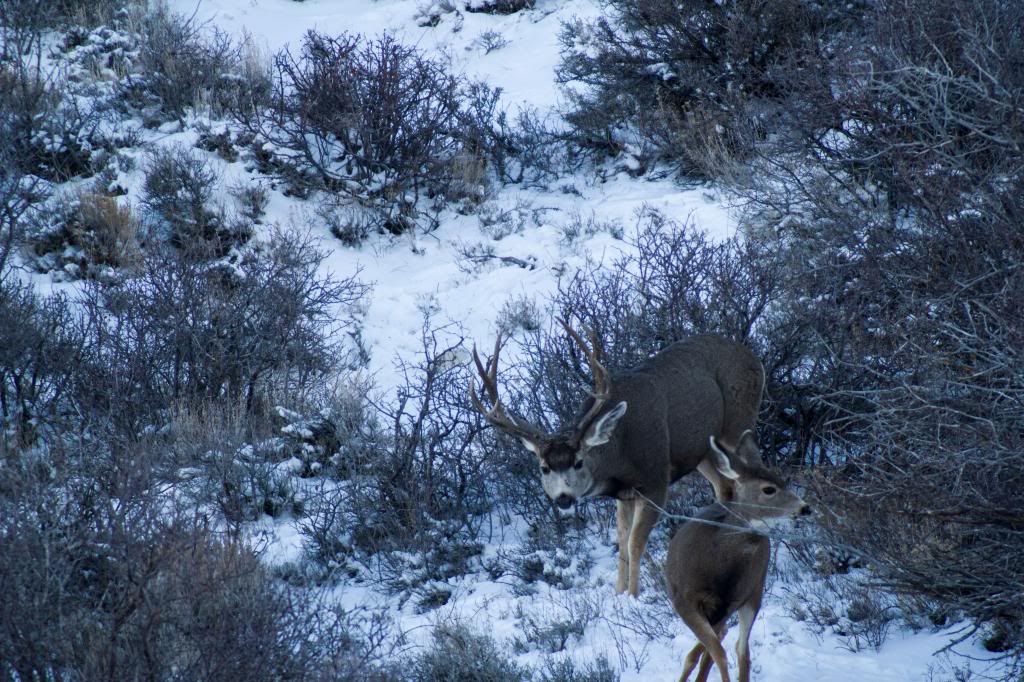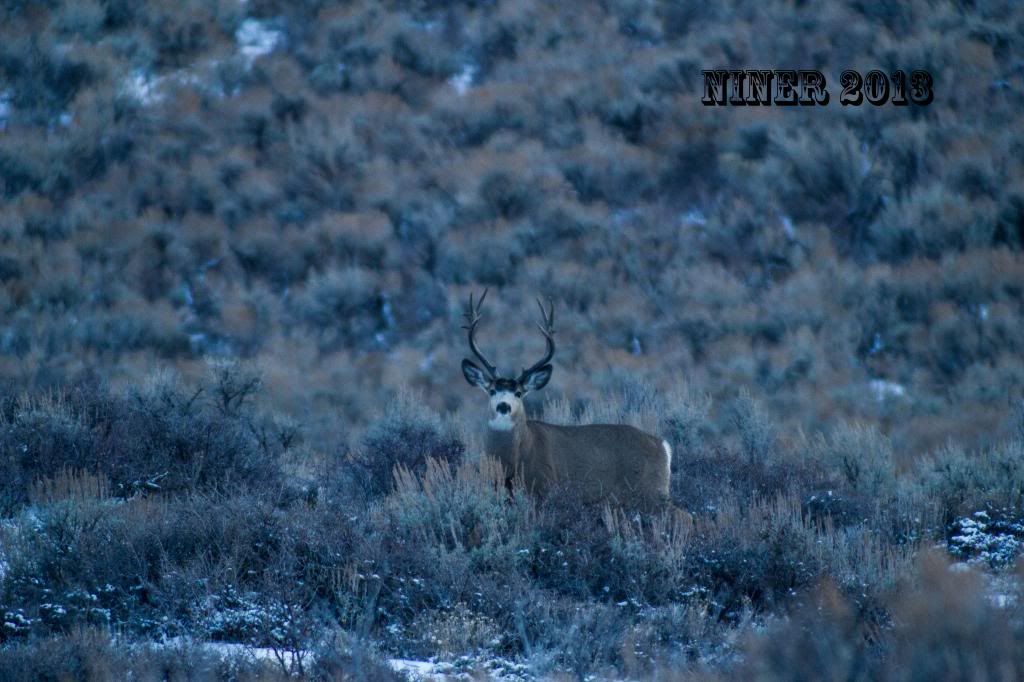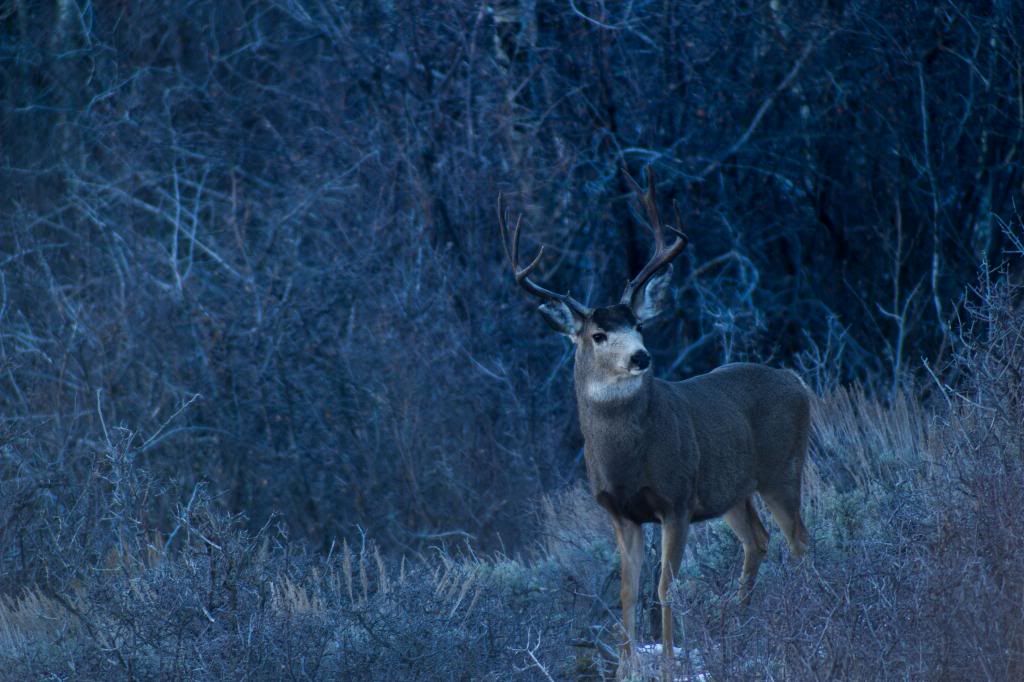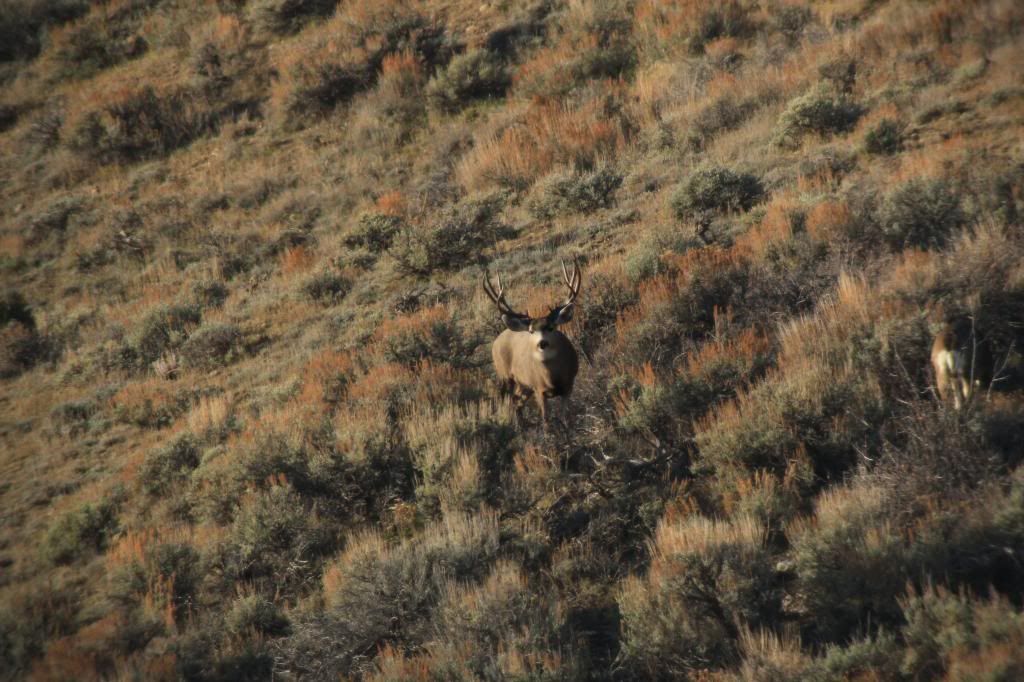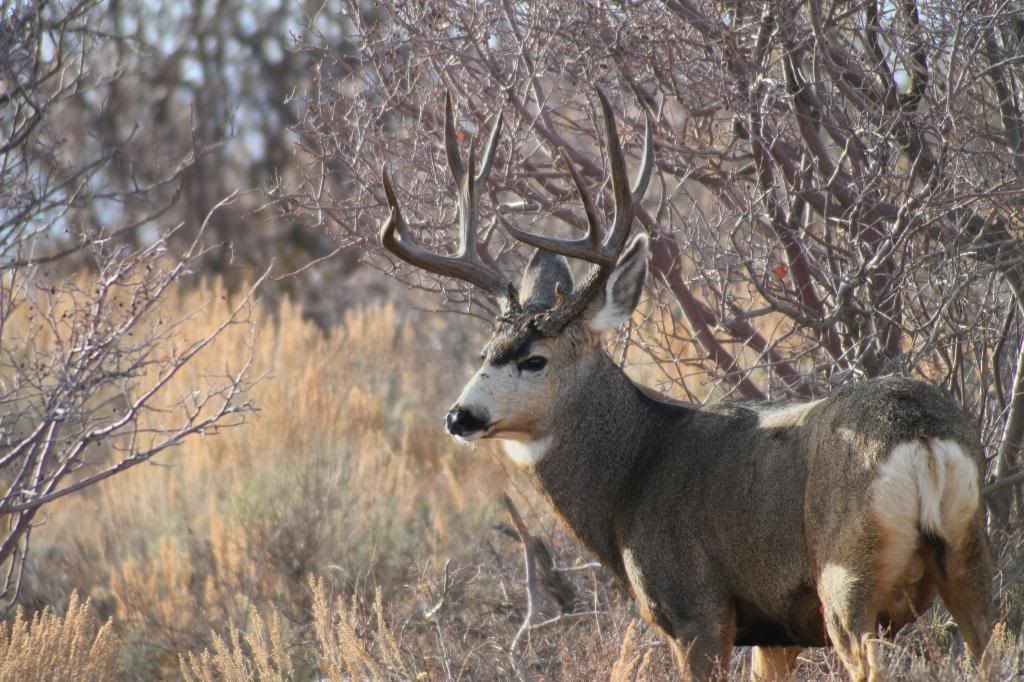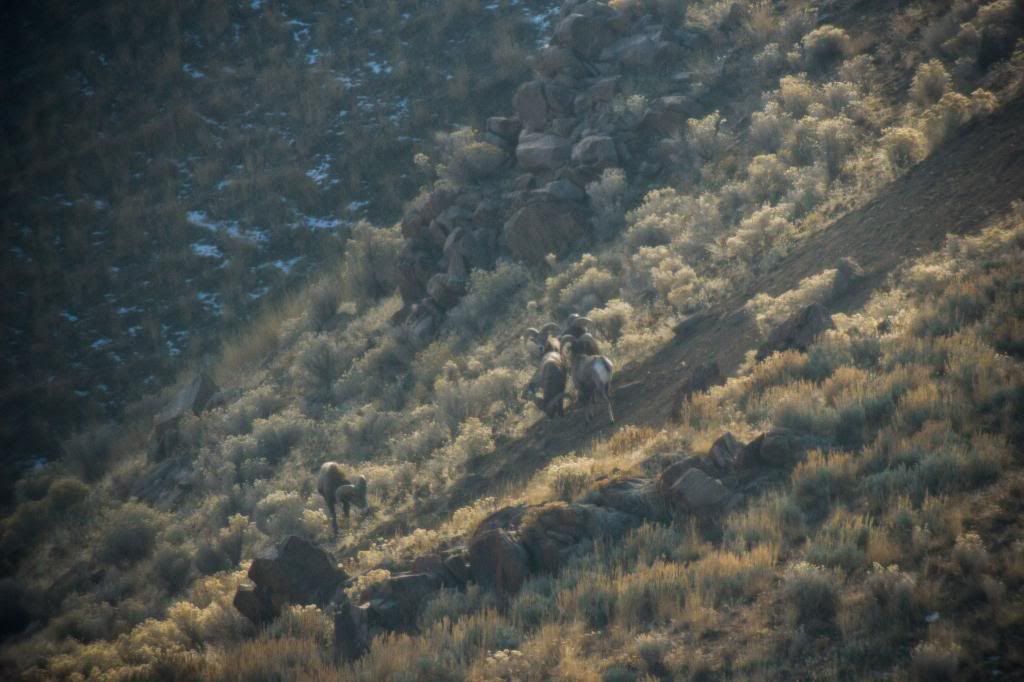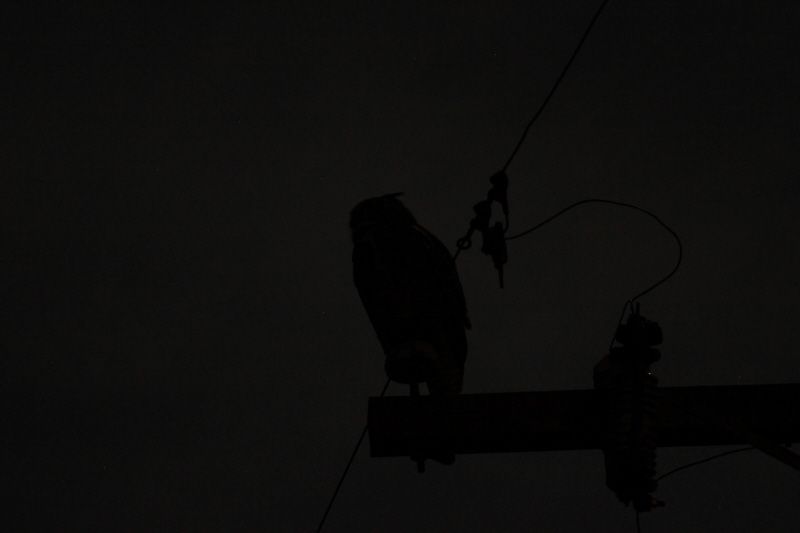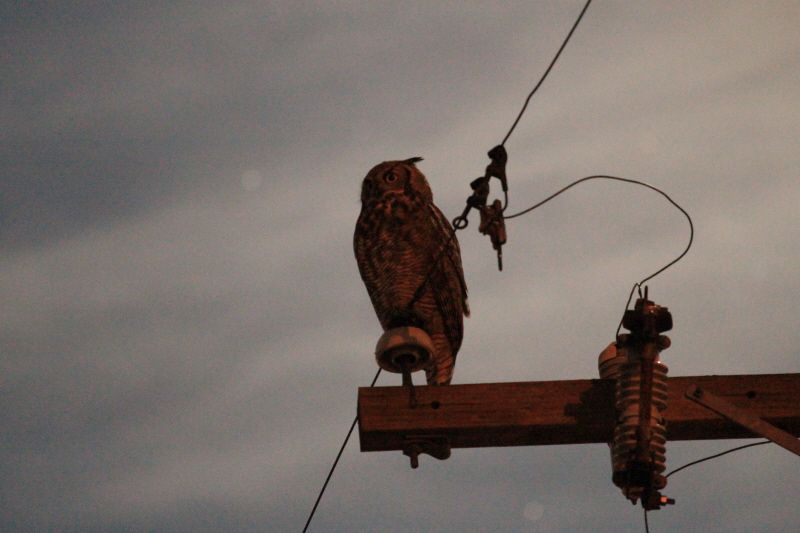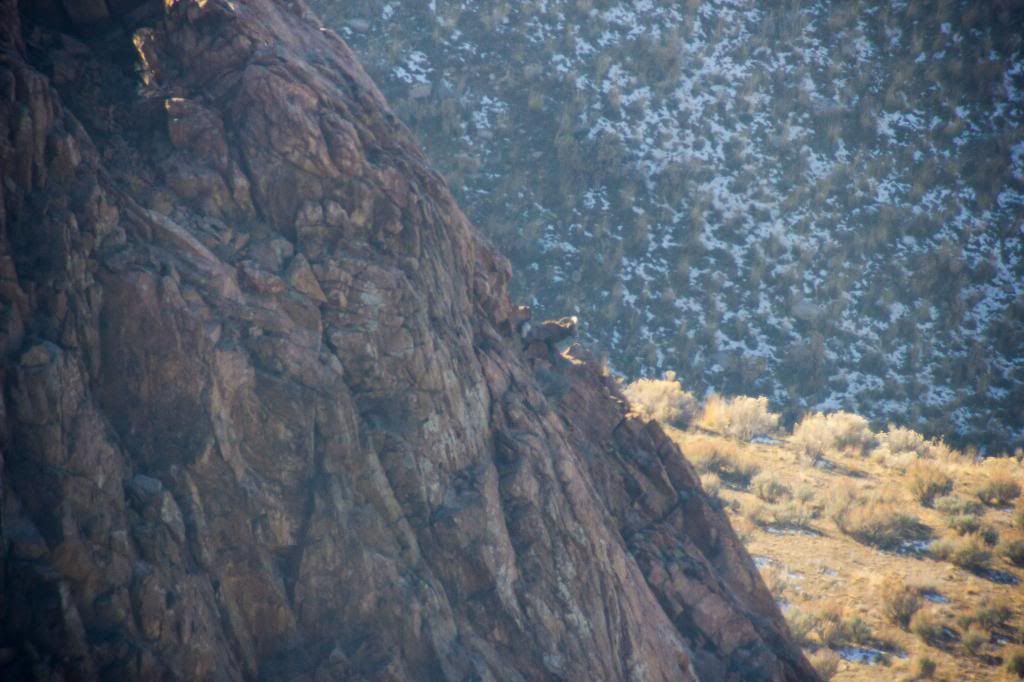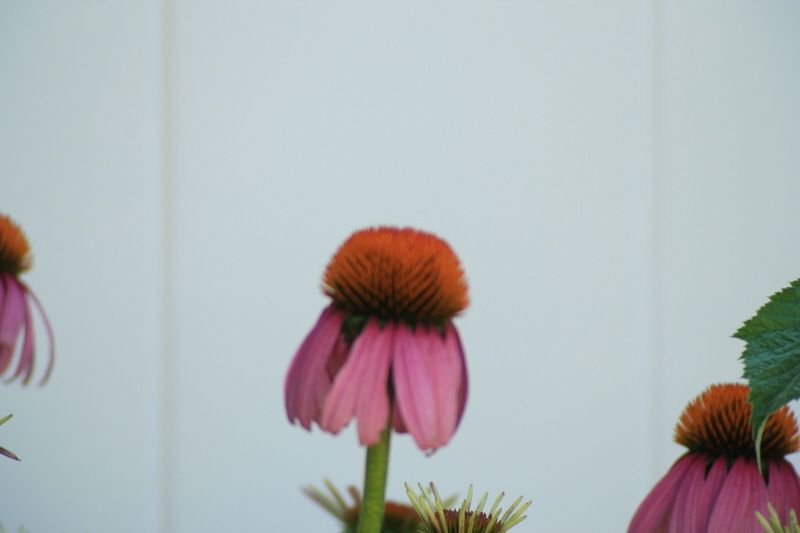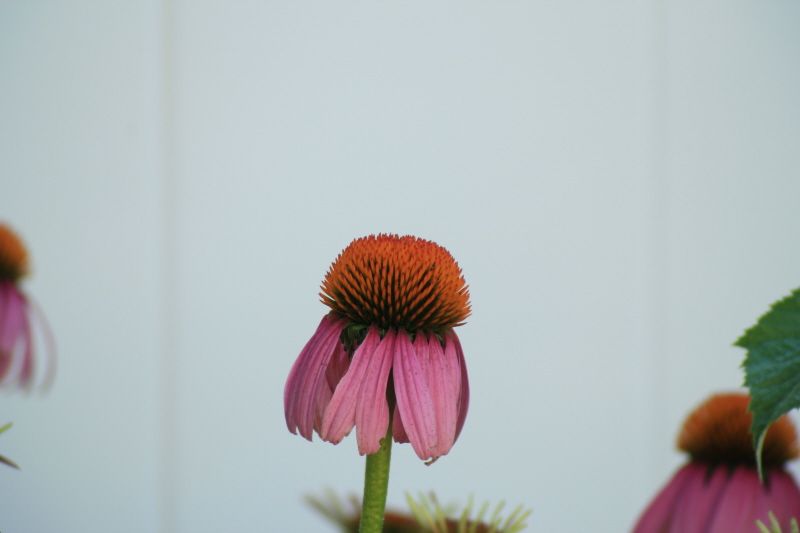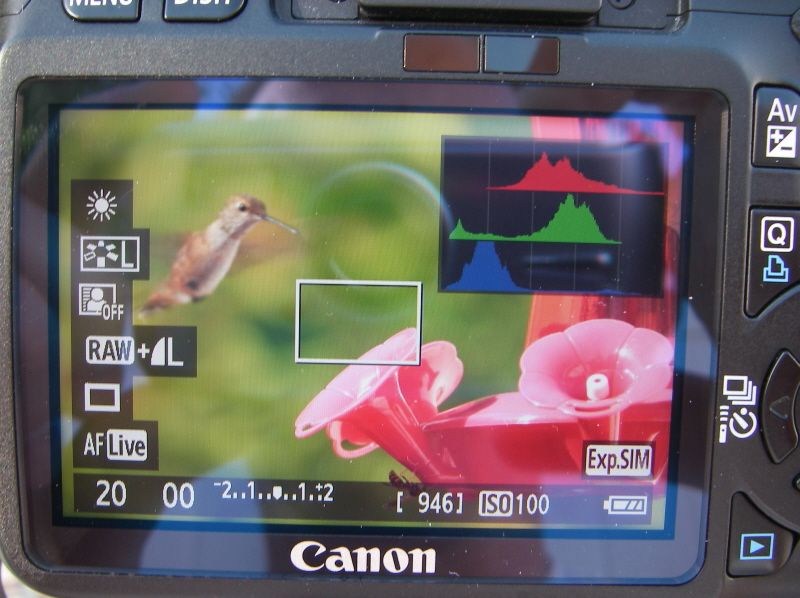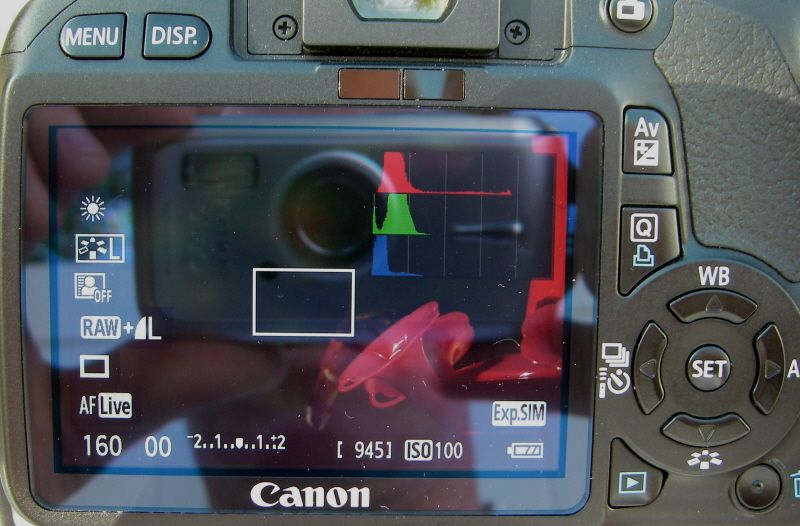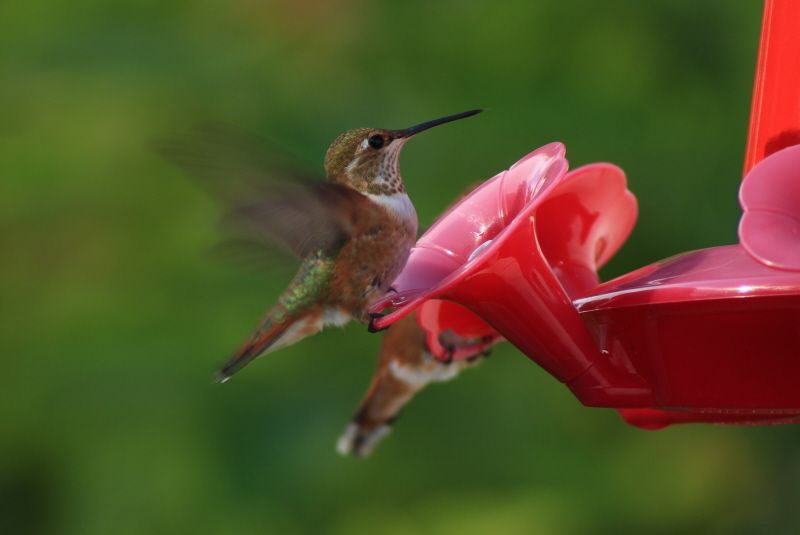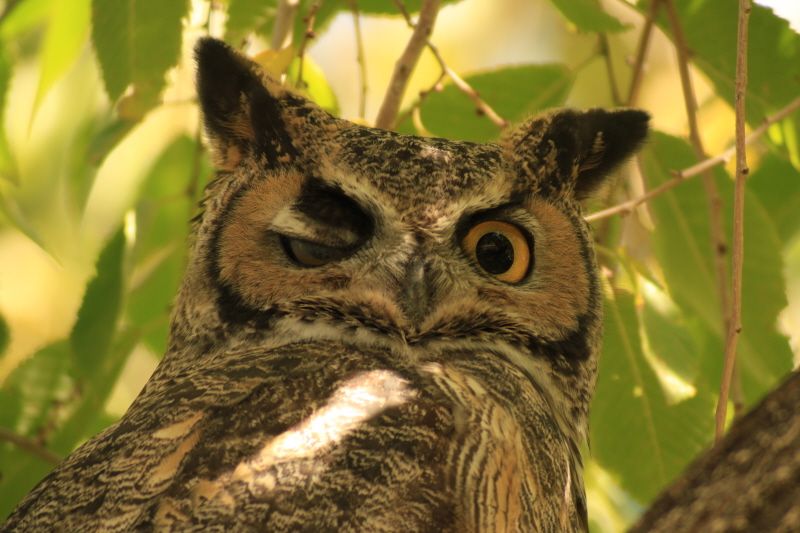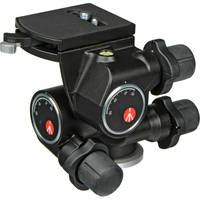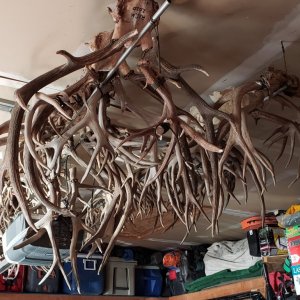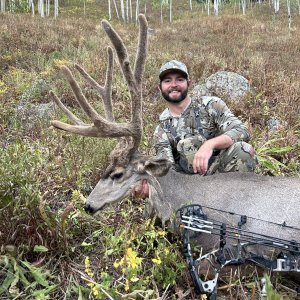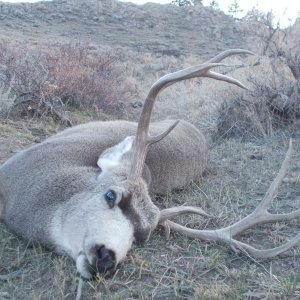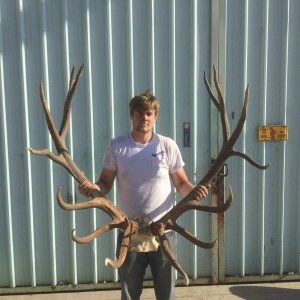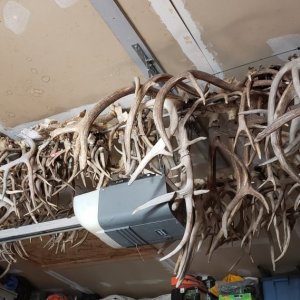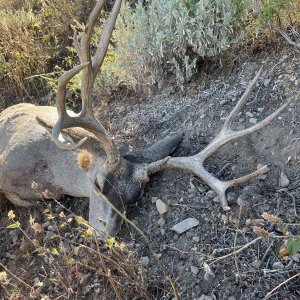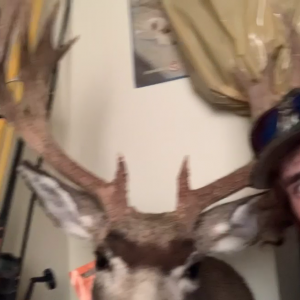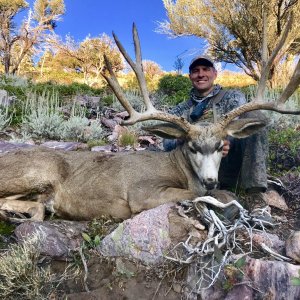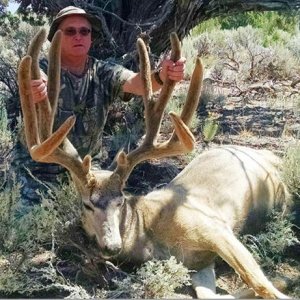Oh Squirrel, you are hilarious!
I tried to call you last night. I guess you were out looking at deer. I will try again.
I feel your pain man.
as you have discovered, the traditional camera lens is WAY more fun.
They have auto focus, and they are built specifically to get the best results to the cameras sensor.
I went through all the same crap you are talking about.
Lets break it down.
The heavy, out of balance stuff.......
One thing that has made a huge difference is I switched to a gear head.
This makes it much easier to get on target and stay on target.
We all have fought a friction head. You adjust, twist the lock, and it settles!!!!! It always settles out of frame.
So, you play that game where you compensate and "lock low" hoping that when it settles, it settles in frame.
Digiscoping is frustrating enough. You don't need to fight your tripod and head as well.
I got the geared head and you drive it to the frame and the gears keep it there. It dos not drift and sag like friction heads do.
It makes a world of difference when re positioning the scope as well.
The fluid heads are smooth, but they require that the set up is balanced on the tripod.
Adding the camera to the scope then going back to no camera to view with makes the fluid heads less user friendly as well.
The best answer I can give you, for dealing with the balance issue is go geared.
You said, (and I love this!!!!!! I really love this one!!)
"focus is next to impossible auto focus is impossible, it just bounces around and will never allow you to take the shot."
I can help you with this one.
Ever notice how some guys wear glasses or contacts?
That's because everybody has eyes that are different. I sometimes take over a scope from a buddy, and hes been looking at a deer.
I have to adjust the focus because in focus to his eye is not in focus to my eye.
Ever wonder what the "camera's eye" thinks?
In focus to your eye, might not be in focus to the cameras processor.
So, if you focus your scope, then attach your camera, and try to use the cameras auto focus to focus on the scopes image, the camera is trying to focus on something that is not in focus.
This is the dual focus nightmare that digiscopers fight all the time.
Sometimes you get everything perfect, the light, the distance, the focus, and the image still comes out blurred.
This is because the cameras auto focus points are not able to find an area that they can focus on. Because the image coming from the scope is already out of focus to the "cameras eye".
Just like the scope is not in focus when I take over from a buddy.
I cant see clearly until I re adjust the focus.
The camera is trying to see clearly by focusing, but cant find focus, because the scope's manual focus is out of focus to the cameras processor.
I actually made a sample set of pics of this this summer. I had discovered this problem, and wanted to show why it is a problem, and a picture is worth a thousand words.
Remember, my camera lens is always in focus. I DO NOT have a focus feature on the lens I am using. It is always in focus. I only have to focus the scope.
I focused my scope to my eye. The eye doctor says I have 20/15 vision. So, I focused the scope on this flower.
Then, I simply slipped the camera into place and without re-focusing the scope, took a picture.
This is what I got.
This is what I saw with my eye, through the scope.
I saw perfect focus. My camera saw out of focus.
This may be what you are fighting.
The need to focus two things in harmony is a royal pain. Its the worst part of digiscoping.
If you see the bottom pic when you look through the scope, but your camera sees the top image, the camera is going to try and fail, and try and fail to auto focus on the scopes image.
What can you do?
Well, you have to look into your camera.
If there is an option to turn auto focus off, you will be doing all your focusing with the scope, using the LCD screens view.
Some point and shoots can turn the auto focus off.
DSLR cameras usually have an option on the lens, as well as an infinity focus setting.
But, as in O_S_O_K_'s situation, eliminating one of the focus steps all together, is best.
As you said, you usually end up focused on the sage brush in front of the deer.
Look at my sample pic. Whats in focus?
The tips of the flower in the foreground.
What does that tell you? It should say that we suffer from the same problem.
Your 200mm camera lens does a good job. Its lots more fun to use.
It just cant reach out there and fill the frame.
I know. I was looking at buying a 600mm Canon lens and a 1.4 teleconverter that would have cost me over $10,000.00
Sometimes I wished I had that set up. Auto focus, image stabilization, and a large opening gathering light are perfection.
You ever notice how most digiscoped images come out over exposed?
They have the areas of white really bright and blown out? The detail disappears from these areas, and the entire image looks washed out?
That's just the cameras processor trying to understand the scope.
Adjusting ISO and shutter speed can fix that.
Getting good focus is the real challenge with digiscoping.
If you can get good focus, we can fix the overexposure issue.
Your camera is already doing a pretty good job of dealing with the scope, in auto mode.
Don't give up man. We will get you there. It just may take some time.
You see some great deer. I want you to get frame filling shots of those big beauties.

